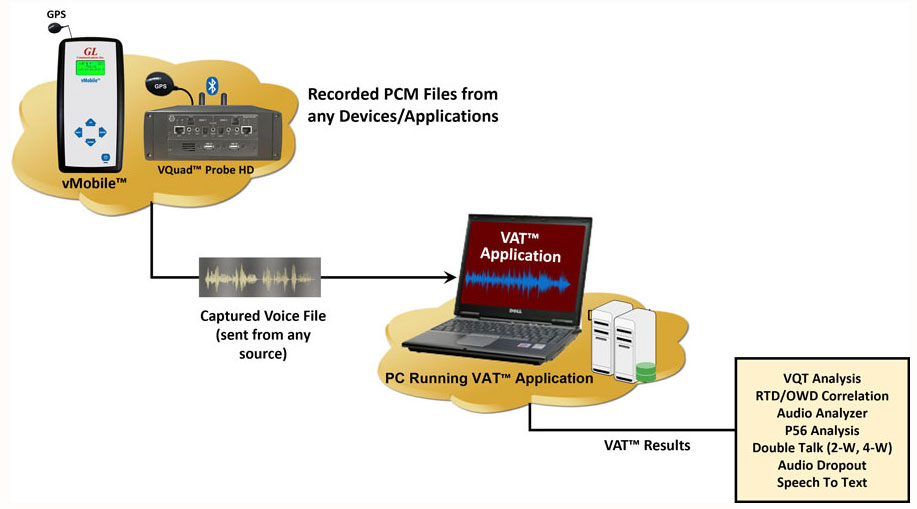
So for this article we will stick with traditional OPEN, USE, READ, and WRITE, as documented in. Unfortunately, the stream methods have not been tested with exotic file structures, and in many cases do not work. If you want to read a file as a sequence of records, all you need to do is this: Of these, only fdl("RECORD","FORMAT") is available with a Caché method.
#Audiofinder analyze rms how to#
The entries that are important to understanding how to read any file are in: SET tmp=#CLASS(%File).TempFilename("FDL")ĭO $ZF(-1,"ANALYZE/RMS/FDL/OUTPUT="_ tmp_" "_ file) fdl (passed by reference), An array in which to store the parsed structure of file. file The name of a file, whose structure you wish to retrieve. Specifically wrong, is that it has no real error handling, and it doesn’t properly handle multiple numbered areas, keys, and so on.
#Audiofinder analyze rms code#
The code below is incomplete, and finishing it is left as an exercise for the reader. This creates a temporary file in File Definition Language (FDL), an easy to parse language OpenVMS uses to describe file structures. Whatever you do, don’t try to parse the output from DIR/FULL.

Unlike the Indexed file organization, and enforcement of fixed 132 byte records, you are responsible for dealing with record attributes like Fortran carriage control. It also tells us the file has Fortran carriage control.

That means that you have to write 132 byte records to the file, other sizes don’t work. We are also told that the file has fixed 132 bytes records. This tells us the file is indexed, that means that now matter what order you write records to the file, they will later read back sorted based upon key columns (that are also part of the file definition, but not shown here). The important output appears in the middle.

Record attributes: Fortran carriage control Record format: Fixed length 132 byte records Here is a useful command given against any file:įile organization: Indexed, Prolog: 3, Using 1 keyįile attributes: Allocation: 16, Extend: 0, Maximum bucket size: 2, Global buffer count: 0, No version limit There are some exotic file organizations, for which you may want to do special processing, or maybe not, but you should at least know how to identify one of those files. In general, the same read commands will read any file. The file can also define a method for inserting line termination characters between records that may or may not be stored in the records, so that one can reconstruct a stream from the record oriented file.Ĭonsider that you have an OpenVMS file that you wish to read. The records can also have a sequence, but not necessarily a single sequence based upon how the records were written to the file. These records can have a fixed or variable length, (or even a combination of the two).

The first important difference between OpenVMS and those other operating systems is that on OpenVMS, a file is usually a collection of records, and each of those records is a (usually much smaller) stream of octets. Actually, you can see both if you know how. This is true on OpenVMS as it is on UNIX and Windows, but on OpenVMS files can not only have characters that you can’t see, files can have structure you can’t see. That file almost certainly contained invisible characters (humorously called gremlins). There is a good chance you have encountered a file that appears to contain valid commands for some program, but nevertheless produces errors. While RMS does provide for file structures that are almost 100% compatible with UNIX and Windows, most native OpenVMS applications prefer file structures that are more efficient. Meanwhile, the authors of OpenVMS thought that file structure was so important, they built it into the Operating System in the form of the Record Management Services (RMS). Those conventions are rather simple, even if slightly different on UNIX and Windows. Assigning meaning to those octets is done entirely by convention.
#Audiofinder analyze rms windows#
On UNIX and Windows all files are just a stream of octets (eight-bit bytes). This article explains the basics of OpenVMS file structures, from a Caché prospective, and what you need to know to read and write any OpenVMS file with Caché, even the files with difficult file structures.


 0 kommentar(er)
0 kommentar(er)
